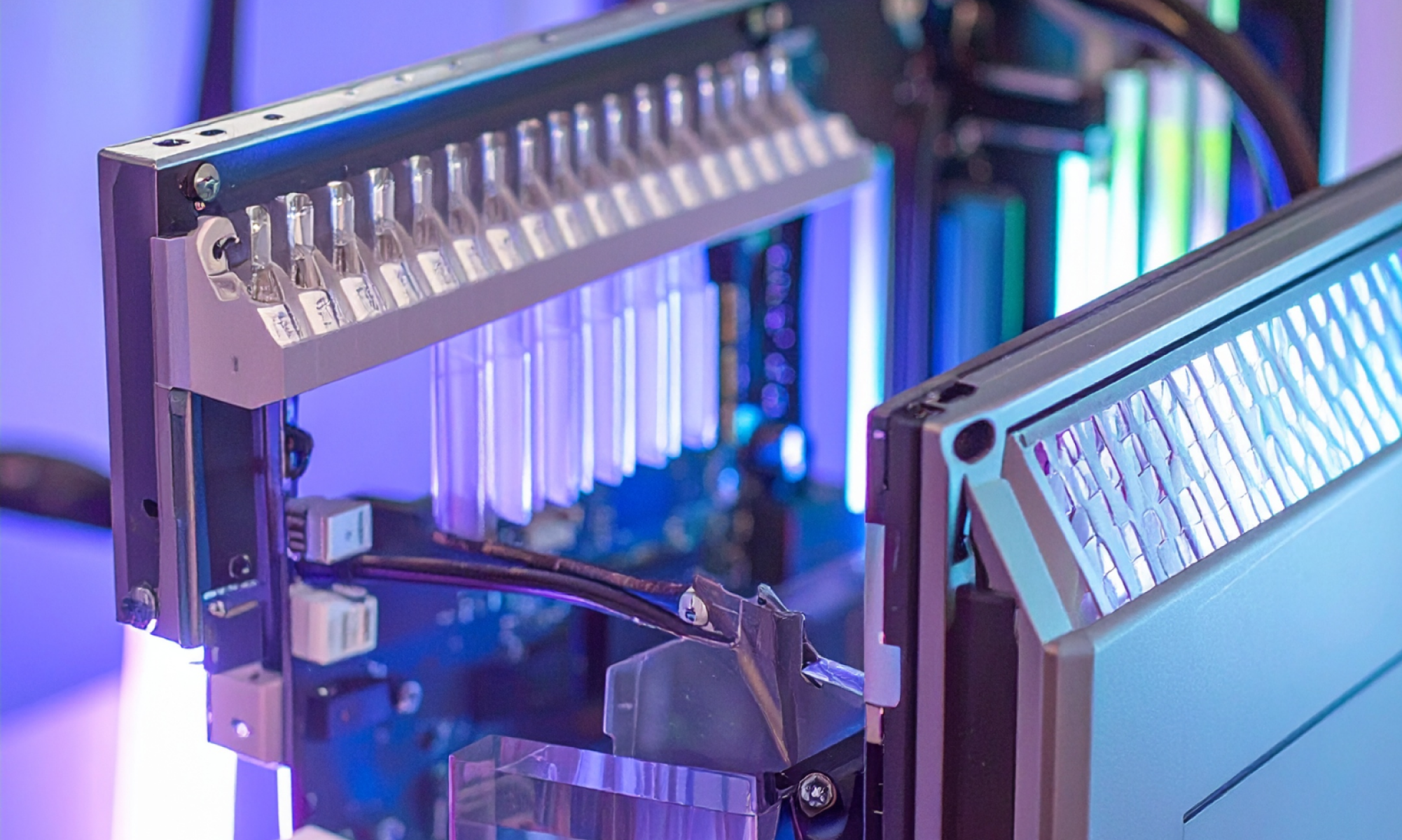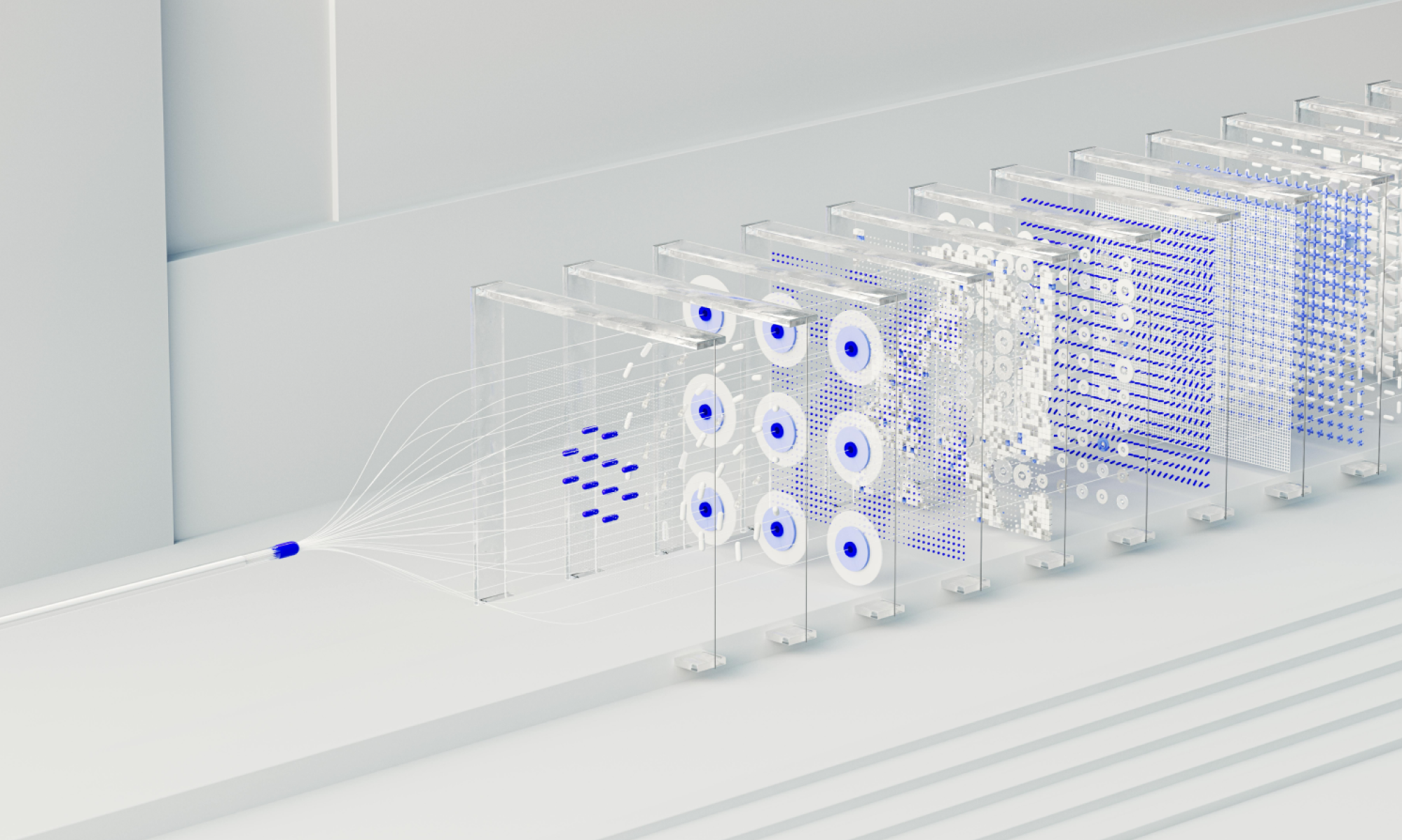AI
our blog
Deterministic vs Probabilistic: The Real Shift With AI
.png)
Most traditional tech works in a deterministic way with fixed rules, fixed logic, same input, same output. Perfect for repetitive, clearly defined tasks, but rigid when things get more messy. It gives the comfort of certainty, but also the limitation of being unable to adapt when conditions change.
AI changes the rules. It’s probabilistic based on looking for patterns in data to make predictions. The output isn’t guaranteed, just likely. That makes it more adaptable, but less predictable. Instead of “this will happen”, it says “this might”. That shift is about recognising that the world is rarely black and white, and decisions are stronger when they take shades of grey into account.
For teams used to certainty, that shift can feel uncomfortable. But it also means earlier warnings, wider visibility and better informed decisions. The real power of AI is in partnership - giving teams the clarity and context to make better calls. Handled well, it doesn’t replace human judgement but enhances it, giving people more confidence in fast moving, complex situations.
Think of it in action: spotting demand surges before they happen, flagging unusual transactions, suggesting the next best action, or spotting risks before they escalate. Obviously these aren’t automated decisions but instead they’re early signals that help humans act faster. In many cases, the speed and subtlety of these signals can make the difference between reacting in time or missing the moment.
The key is trust. Teams need to understand why something’s been flagged. Explainability matters more than perfection because a prediction you trust is a prediction you’ll use. When people see how an AI system reaches its conclusion, they’re far more likely to rely on it, even knowing it won’t be perfect every time.
The smartest way to start is small. Pick one pain point, build a simple model and measure its impact. Show how the predictions improve outcomes, then expand and go from there. This step by step approach builds confidence, helps surface the real value and creates a culture that’s open to working with probabilistic systems.
At Studio Graphene, we focus on practical tools that support real decisions. We work closely with ops teams to fit AI into how they already work, blend deterministic systems with probabilistic signals and design with trust and usability in mind. Our goal is to help organisations take AI from theory to everyday practice, proving its worth one use case at a time.









